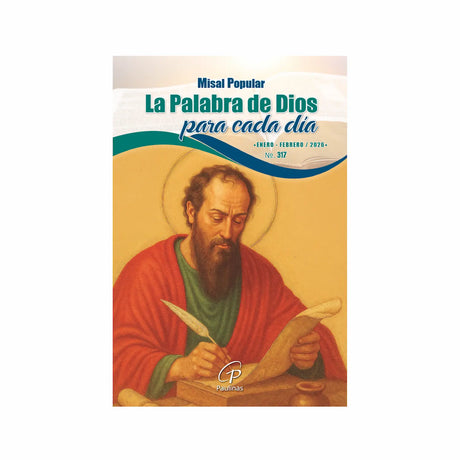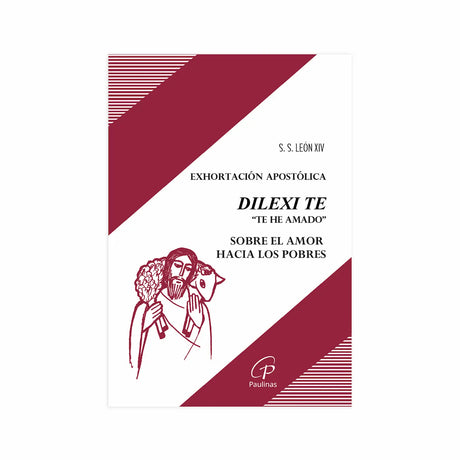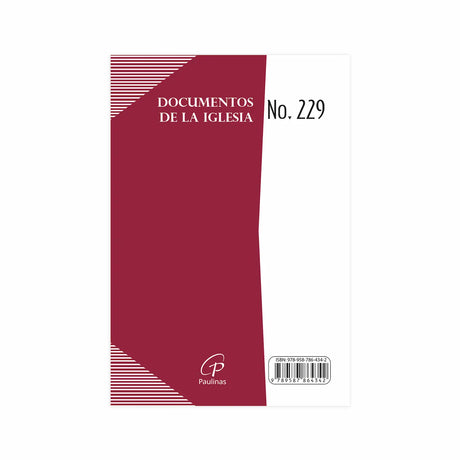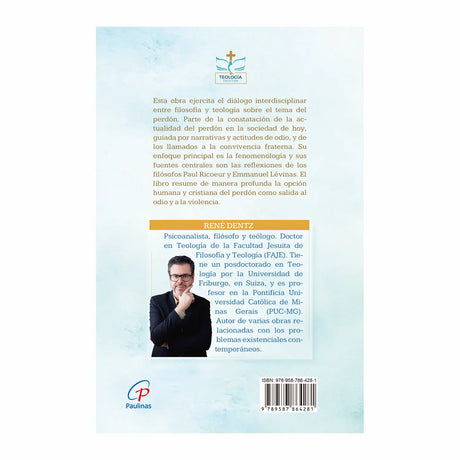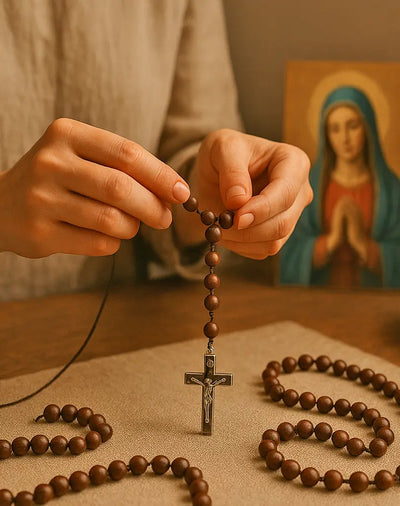His story is known to many. Very young, a talent from the early days of the internet, along with a big heart for everyone, even as a child, and especially for his peers, whom he helps in any way he can. A precocious adolescent of intelligence and soul, as befits someone who was born original but will not die a photocopy. In 2006, at the age of 15, Carlos Acutis had already paved the way for what it means to have faith, to love the Church and the poor, and to traffic his creativity online to leave a message—with his exposition on the Eucharistic miracles—that doesn't burn out, getting lost like so many algorithms. In October, fulminant leukemia took him, but not what he built. Pope Francis beatified him in 2020 in Assisi, where he now rests in the Shrine of the Spoliation, the goal of endless pilgrimages.
A letter for a life
And this is where the extraordinary story of the miracle that will lead to Charles's canonization begins. Among the many pilgrims who come to the tomb on July 8, 2022, a Friday, is also a woman, Liliana, from Costa Rica. She kneels, prays, and leaves a letter, words of hope that envelop a mother's worst anguish. Six days earlier, on July 2, her daughter fell off her bicycle at night while returning home, in the center of Florence, where the girl has been studying since 2018. The news coming from Careggi Hospital is heartbreaking. Very severe head trauma, craniotomy surgery, removal of the right occipital bone to relieve pressure, hope of survival almost zero.
On July 2, Liliana's secretary began praying to Blessed Charles Acutis, and on the 8th, Liliana herself headed to Assisi. That same day, the hospital reported: Valeria had spontaneously resumed breathing; the next day, she began moving again and spoke partially. From then on, it was one of those cases where medical protocols took a backseat. On July 18, a CT scan showed that the hemorrhage had disappeared, and on August 11, the girl was transferred to rehabilitation therapy, but after only a week, it was clear that full recovery was just a step away. And on September 2, mother and daughter returned to Assisi, to Charles's tomb, to offer their endless thanks.
Drama in the jungle
There is a somewhat similar story that led to the canonization of the Piedmontese Blessed Joseph Allamano, who lived between 1851 and 1926. As a young man, Joseph grew up among the Salesians. At 22, he was a priest with the dream of going on a mission, but his health was not as strong as ever, and he had to occupy himself with other things. At 29, he was sent to direct the largest Marian shrine in Turin, dedicated to Our Lady of Consolation. He restored it to its former splendor, and the dream of the missions was transformed into a great work, the Istituto Missioni Consolata, which he founded in 1901 and, at the request of Pius X, also established a women's branch with the Consolata Missionary Sisters. John Paul II beatified him in 1990.
On February 7, 1996, a female jaguar pounced on Sorino Yanomami, an Indigenous man from the Amazon rainforest. The blow tore off part of his skull, and for eight hours the man was left without adequate medical care until a plane transported him to the hospital in Boa Vista. The scene for the doctors was terrible; the Indigenous man underwent surgery and was later admitted to intensive care. Beside him, in addition to his wife, were six Consolata nuns, a priest, and a missionary brother, also from the Consolata. They all invoked Blessed Allamano and placed one of his relics beside Sorino's bed. That day, the Blessed Allamano's novena began, and the religious recited it to ask their founder for the man's healing. Sorino woke up ten days after the operation with no neurological problems. On March 4, he was transferred to a nursing home, and on May 8, he returned to his village completely healed, resuming his life as a forest dweller.
The prayer that heals
In the Decrees signed by the Pope , there is another story of miraculous healing that will lead to the beatification of the Venerable John Merlini, an Umbrian priest originally from Spoleto, where he was born in 1795, and who died in Rome in 1873. In 1820 he entered the Congregation of the Missionaries of the Most Precious Blood, which he would serve until his death with all his energy, becoming its General Moderator in 1847. He was highly esteemed by Pius IX, who wanted him as a spiritual advisor.
The story of the miracle concerns Mr. C. Cefalo, from Benevento, born in 1946, hospitalized between September and October 2013 for angiodysplasia, a vascular malformation of the intestine. His clinical picture worsened; hospitalizations and blood transfusions proved ineffective. On January 10, 2015, he was hospitalized again in critical condition, semi-conscious. A niece who frequented the parish of St. Anne in Benevento, run by the Missionaries of the Most Precious Blood, began asking her family for the intercession of Venerable John Merlini. They placed a small statue of him with a relic on the sick man's bed, and starting on January 16, a sudden and inexplicable change for the better occurred in his clinical evolution, leading to a rapid, complete, and lasting recovery that could not be scientifically explained.
Fearless
Among the blesseds in today's decrees, there is no shortage of stories of martyrdom. The first concerns a Polish priest, Stanislaus Kostka Streich, born in 1902. After his ordination, he served as a parish priest and distinguished himself by his dedication to creating catechism and prayer groups for children, youth, and adults, helping workers, the unemployed, and families in need. His pastoral work angered the communist fringe that had settled in Luboń, who considered Father Stanislaus's closeness to the workers a way for the Church to enslave the poor. The priest received anonymous letters filled with insults and death threats. Unknown individuals desecrated the tabernacle and threw away the liturgical vestments, but Father Stanislaus bravely endured until, on February 27, 1938, during Mass, as he approached the pulpit for the homily, Wawrzyniec Nowak, a declared communist, killed him with four shots. The priest most likely noticed Nowak's presence and guessed his intentions, as he made the children move away from the pulpit. Captured by the crowd, the murderer was later tried and sentenced to death.
Like Maria Goretti
The other story of martyrdom concerns a Hungarian laywoman, Maria Magdalena Bódi. Born in 1921 in Szgliget, she was the daughter of farm workers but considered illegitimate because her father was undocumented. He was also a rude, alcoholic, and atheist man. However, under her mother's influence, Maria Magdalena grew in faith, received the sacraments, and served children, the poor, and the neglected or abandoned elderly. She wanted to be consecrated, but no religious institution would accept her because of her parents' undocumented status. She then consecrated herself to Christ the King, taking a private vow of perpetual chastity. In 1939, she began working in the factory and provided moral and spiritual support to the Association of Working Girls. Solidarity increased with the outbreak of World War II; Maria Magdalena helped the elderly and mothers with young children and assisted the wounded in the nearby hospital. When Soviet troops arrived in her village on March 23, 1945, a Russian soldier noticed her and other women outside a shelter and ordered them to follow her to a hidden spot. Knowing what was going to happen, the young woman followed him and initially managed to wound him with a pistol shot. She broke free and left the shelter to tell the other women to flee, but the soldier climbed onto the roof and shot her in the back, killing her.
Recommended products:




